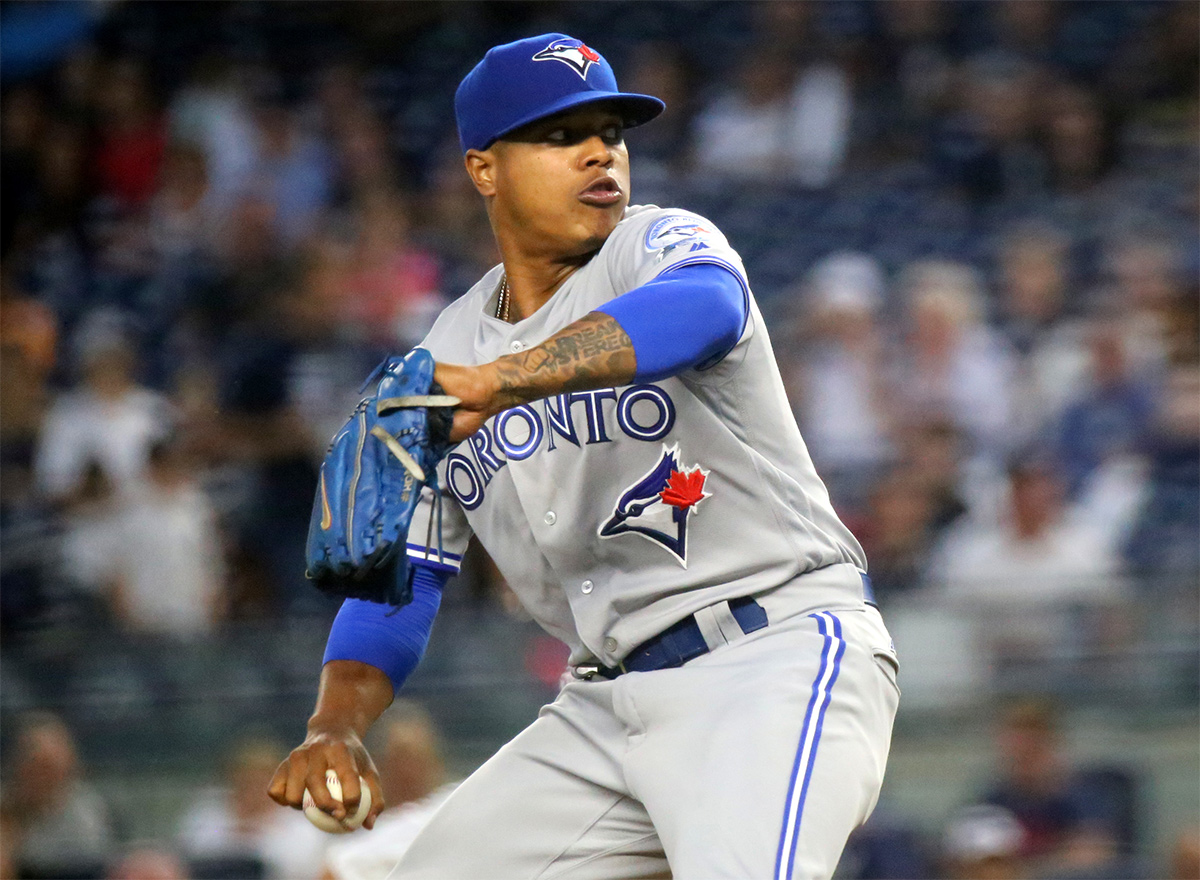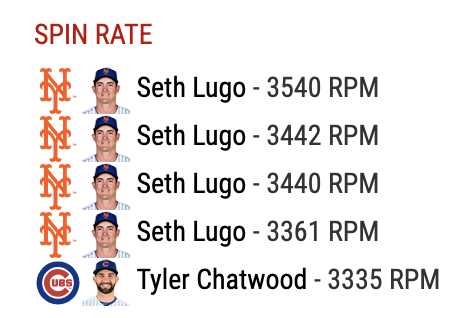Jordan Lyles Thrives in Milwaukee, Again
No team in baseball has been hotter in September than the Brewers. They’ve lost just four games this month and that hot streak has them on the verge of clinching a playoff berth. That they’ve continued to win so many games without their superstar, MVP candidate Christian Yelich, makes their success all the more impressive. But while their offense has managed to find ways to score enough runs without Yelich in the lineup, their pitching staff has been simply dominant.
The Brewers have allowed just 66 runs to score this month, an average of three per game. That’s the fewest runs allowed in the majors and includes a 10-0 drubbing by the Cardinals on September 13. Their team ERA has easily been the best in baseball during this stretch. By park- and league-adjusted FIP, they’ve only been the fourth-best team in the majors, but still the best in the National League.
Surprisingly, their starting rotation has been led by Jordan Lyles. In four September starts, he’s allowed a total of six runs — four of them earned — giving him the lowest ERA of the Brewers regular starters (Brandon Woodruff hasn’t allowed a run in his two starts where he acted as the opener). This string of strong outings stretches back to late July when he joined the Brewers in a trade from Pittsburgh. Since being acquired, he’s been their most reliable starter, allowing two or fewer runs in eight of his 10 starts. Read the rest of this entry »




